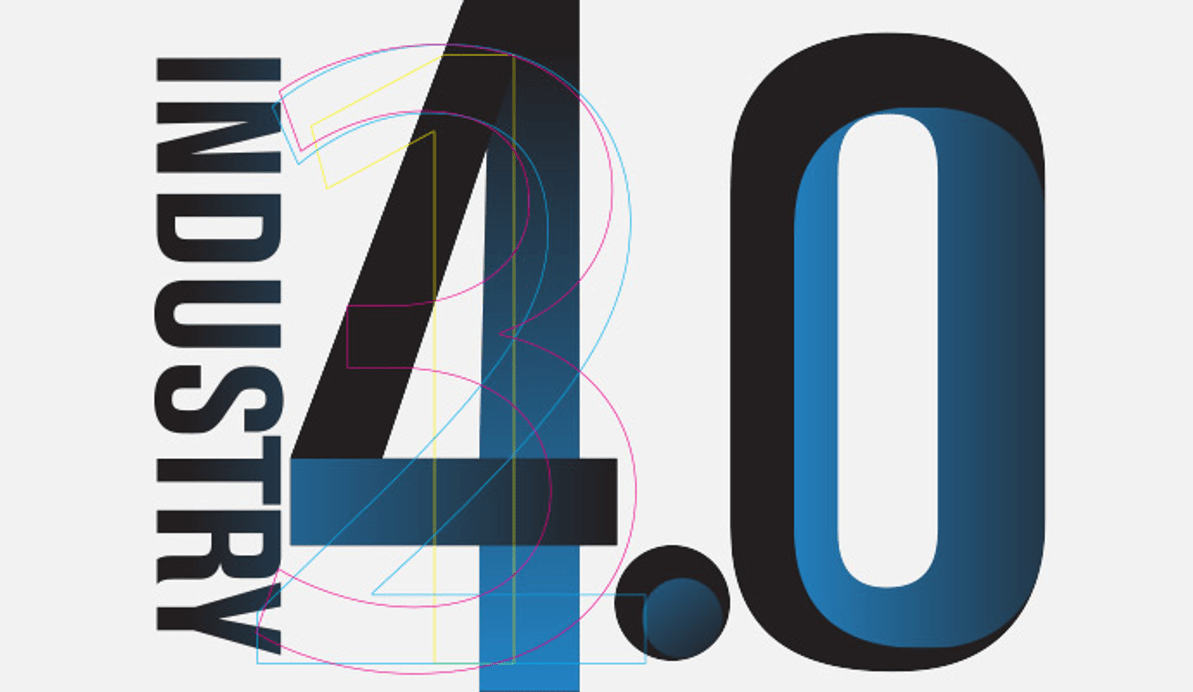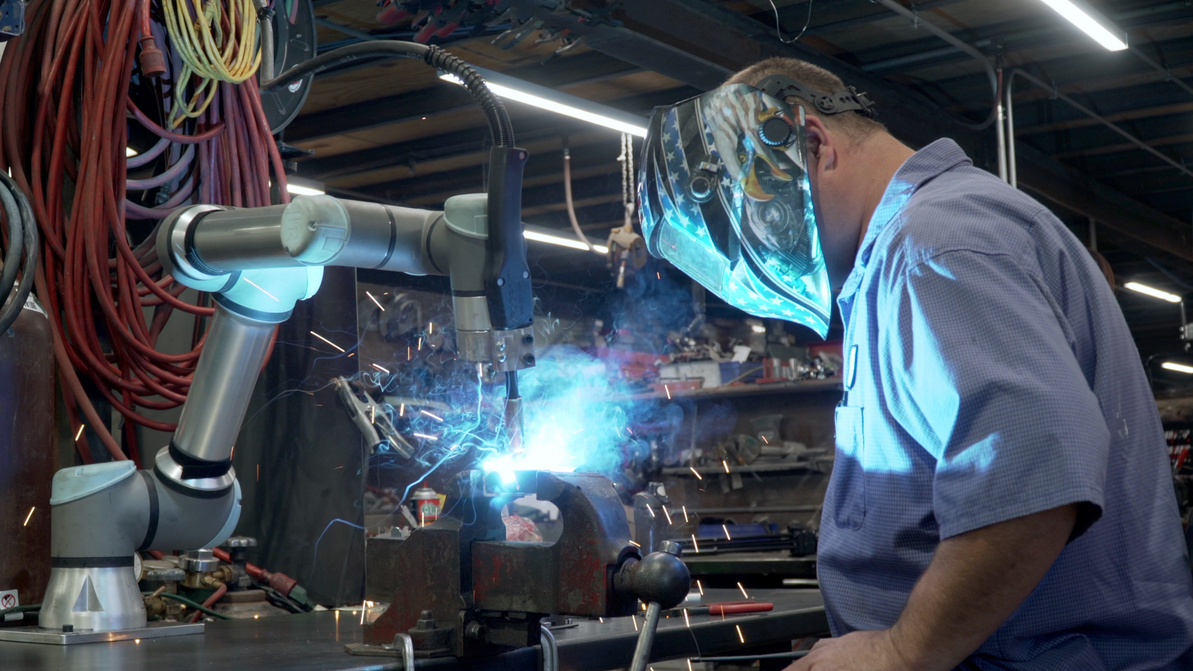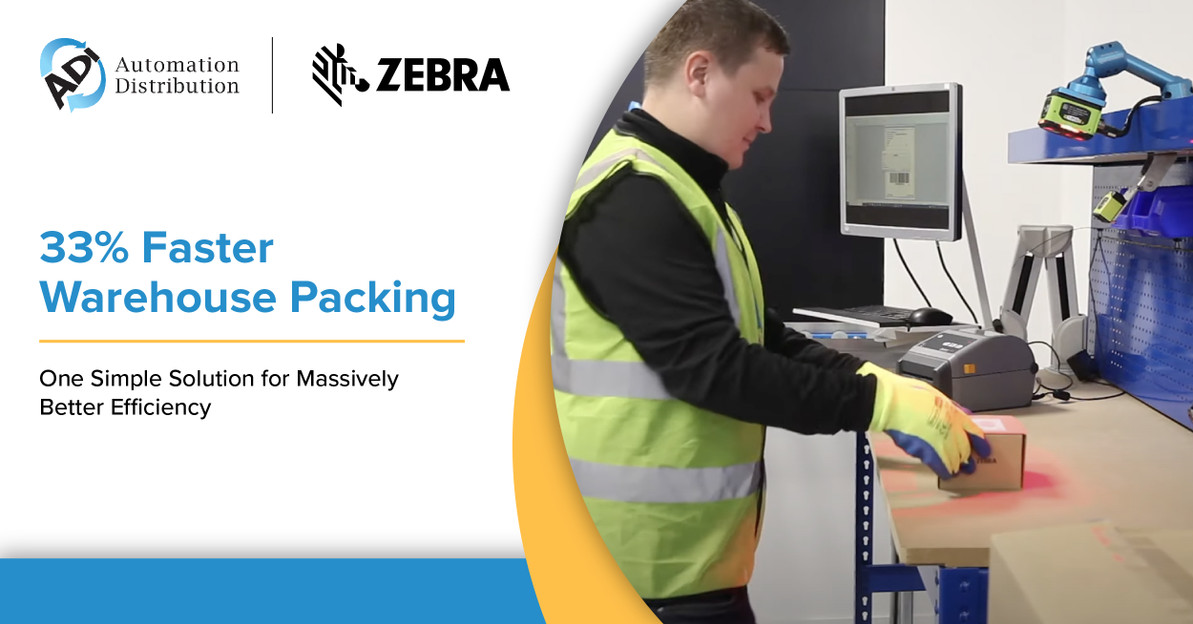Three Basic Steps to Industry 4.0
While the terms of Industry 4.0 might sound intimidating, they are becoming more simplified and more inexpensive. Whether you are just starting to consider moving toward new technology or have no idea where to begin, three basic steps can send you down the right path.
Imagine the Future
If you are not already doing so, start keeping track of all the data you use, where it is stored, and how you use it or could be using it more effectively. Think about how you can use the data to answer questions from both internal and external sources. Evaluate your workforce and knowledge base. Prevent knowledge from walking out the door with retirements or job changes by creating a digital record with videos or other documentation for future training reference. Capturing this information and keeping it in one accessible location can help mold your manufacturing and communications decisions in the future.
What Do You Really Need
While it may be difficult to think about, be honest about what your problems are. Typical ones may include downtime, quality issues or recalls. Software solutions exist with extensive lists of features but if you are drowning in unneeded features, it might not be the best system for you. Commonly, facilities need a system to tackle four issues.
Traceability
This function tracks every part and what final product for which that part is used. This can assist in stopping defective work products and limiting the impact of a recall.
Overall Equipment Effectiveness
This feature will monitor your manufacturing process for production bottlenecks, empty workstation time and equipment health.
Automated Instructions
Consistent instructions mean every operator will have the same information from which to work, ensuring reliable results. Using a GUI to walk operators through a more complex process is one example. Installing an error-proofing system with automated instructions takes this one step further.
Once you have made a comprehensive list of issues, then it is time to evaluate software choices. Be sure to work with a supplier who knows IIoT and can implement communication between everything in your new system. If you have a current supplier, enlist their help since they are already familiar with your system.
Recruit Current Suppliers
Ask your current suppliers to help you move into Industry 4.0. It could be as simple as setting up a digital identification process for incoming parts. This could then translate into generation of a product’s serial number based on the code associated with the parts used. Remember that suppliers work with all types of customers and have experience in integrating Industry 4.0 standards that you may not have considered and can be an excellent resource rather than attempting to set everything up on your own.
No matter where your manufacturing process currently lies, you already have knowledge that, in combination with new technologies, can propel you into a bright future with Industry 4.0. Ready to get started to refine your process? Enlist a specialist from Automation Distribution here.
Recent Posts
-
Using Scan Tunnels to Track, Sort and Route Warehouse Packages
If you’re using conveyor lines to move products, packages and shipments through your warehouse, the …Apr 17th 2024 -
Embracing Collaboration: How Universal Robots Transformed DeAngelo Marine Exhaust
When the welding robots made their debut at DeAngelo Marine Exhaust, there was a mix of excitem …Apr 11th 2024 -
How to Speed Up Your Warehouse Packing by 33% with Machine Vision
Packing benches are some of the busiest areas of most warehouses, with thousands of items to pack i …Apr 4th 2024




